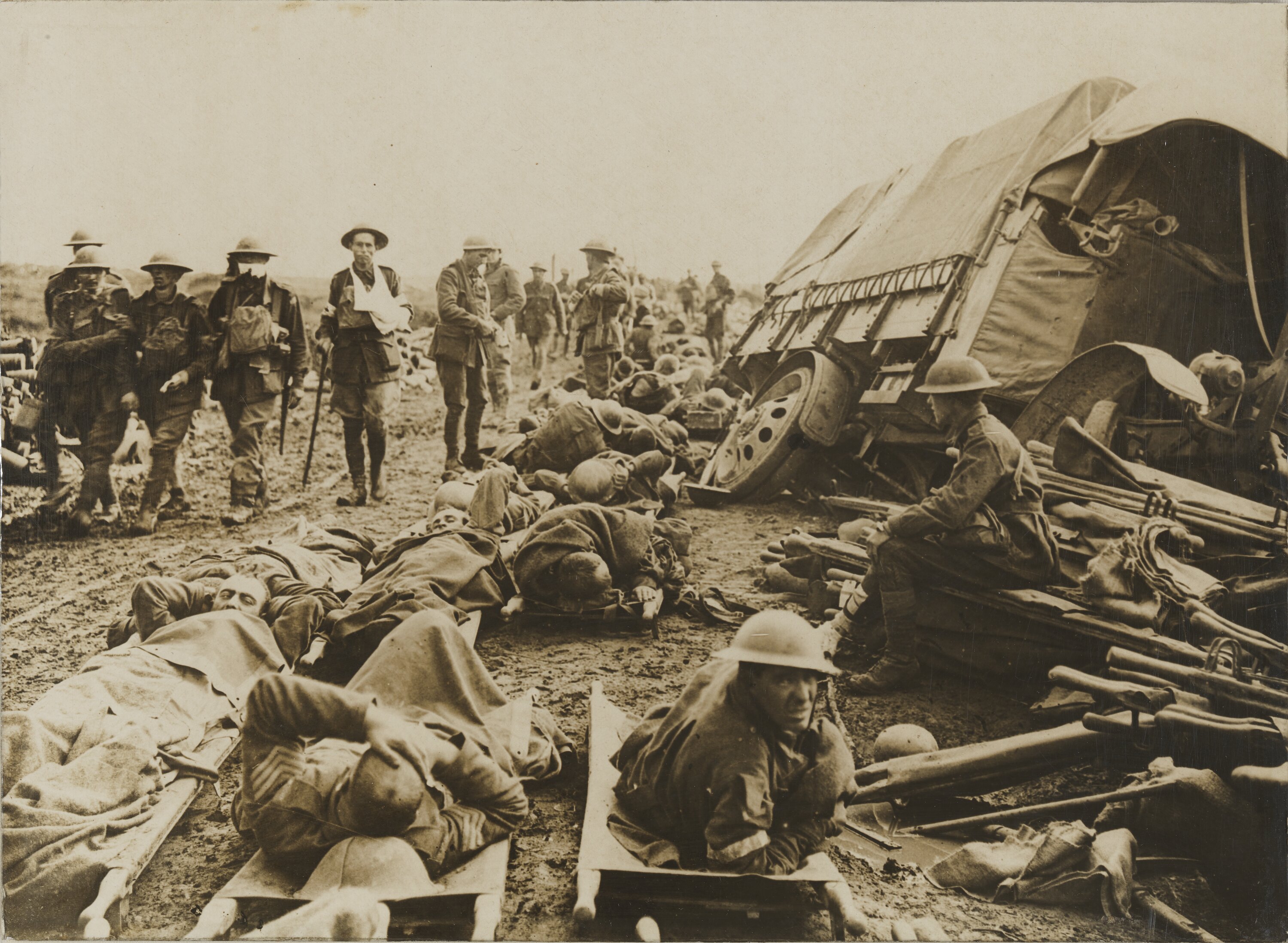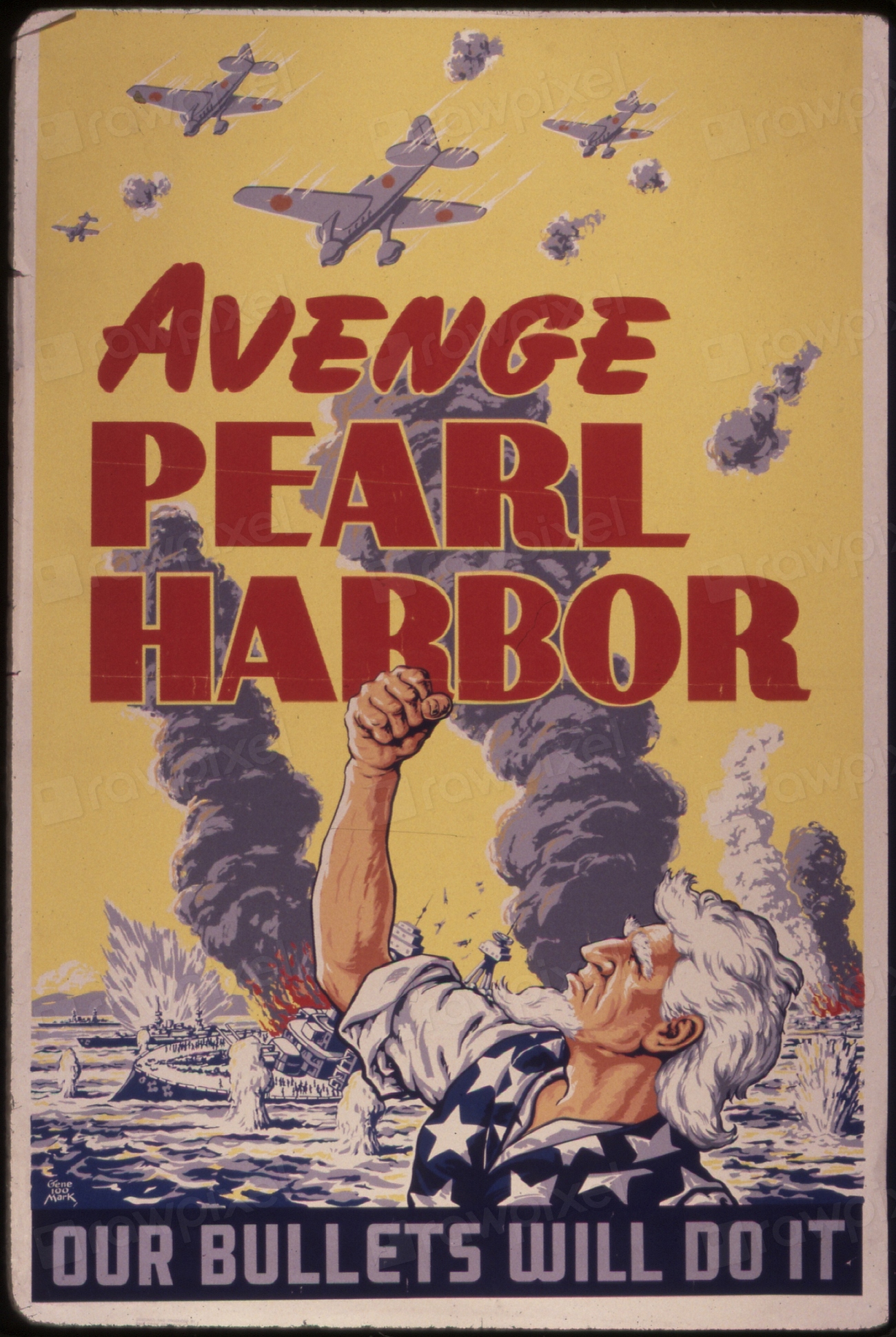MilitaryFares.com will be honoring the branches of the military over the next few blog posts! Our President of MilitaryFares.com, Scott Lara is a Navy veteran, so our first tribute is to our Navy!
The history of the U.S. Navy is a vast and complex narrative that spans over two centuries. From its humble beginnings as a small fleet during the American Revolution, the U.S. Navy has grown into one of the world’s most formidable maritime forces.
Let’s explore its evolution through key milestones:
1. American Revolution (1775-1783): The Continental Navy was established in 1775 to counter British naval dominance. The first naval engagement occurred in 1776, when the USS Lexington and USS Reprisal captured British vessels. The Continental Navy’s efforts significantly aided the American cause.

2. Quasi-War with France (1798-1800): The U.S. Navy’s expansion was prompted by tensions with France. The creation of the Department of the Navy in 1798 marked a critical step toward formalizing the naval organization.
3. War of 1812: The U.S. Navy faced British naval superiority again in the War of 1812. Iconic battles like the USS Constitution’s victories earned her the nickname “Old Ironsides.” The war showcased American naval resilience and boosted national pride.
4. Steam Power and Technological Advancements (19th Century): The mid-19th century witnessed the introduction of steam-powered ships, revolutionizing naval warfare. The USS Monitor and CSS Virginia’s ironclad battle during the Civil War marked a turning point in naval technology.
5. Spanish-American War (1898): The U.S. Navy’s modernization efforts culminated in the Spanish-American War. The decisive Battle of Manila Bay, led by Commodore George Dewey, illustrated the Navy’s emerging global influence.

6. World War I: The U.S. Navy’s role expanded during World War I, escorting troop and supply convoys to Europe. The establishment of Naval Stations abroad showcased America’s growing maritime reach.

7. Interwar Period and World War II: The Navy’s focus on naval aviation and aircraft carriers became evident during the interwar period. The attack on Pearl Harbor in 1941 thrust the U.S. Navy into World War II, where it played a pivotal role in the Pacific theater.

8. Cold War and Technological Innovations (1945-1991): The Navy continued its technological advancements, including nuclear-powered submarines and aircraft carriers. The Cuban Missile Crisis and the naval blockade highlighted the Navy’s importance during the Cold War.
9. Contemporary Era: The U.S. Navy remains a vital force in the 21st century. Operations in the Persian Gulf, counterterrorism efforts, and disaster relief missions demonstrate its adaptability and global impact.

10. Naval Power Projection and Cybersecurity: The Navy’s ability to project power across the seas and adapt to modern challenges like cybersecurity underscore its continued relevance on the global stage.

In summary, the U.S. Navy’s history is one of resilience, innovation, and adaptability. The U.S. Navy are, in a way, like the different types of Galapagos finches Charles Darwin based his evolution theory upon. In order to stay on top they must constantly adapt and improve. The U.S. Navy should therefore remind us that change is a must in life. Don’t get stuck in the same patterns, in the same environments. The U.S. Navy fights for your freedom, so that you can go out and experience the beautiful free world! Visit MilitaryFares.com to experience the entire world, for a cheaper price!
MilitaryFares.com offers deep travel discounts to all members of the military, veterans and spouses of members of the military!
Go to MilitaryFares.com to book your next vacation!

